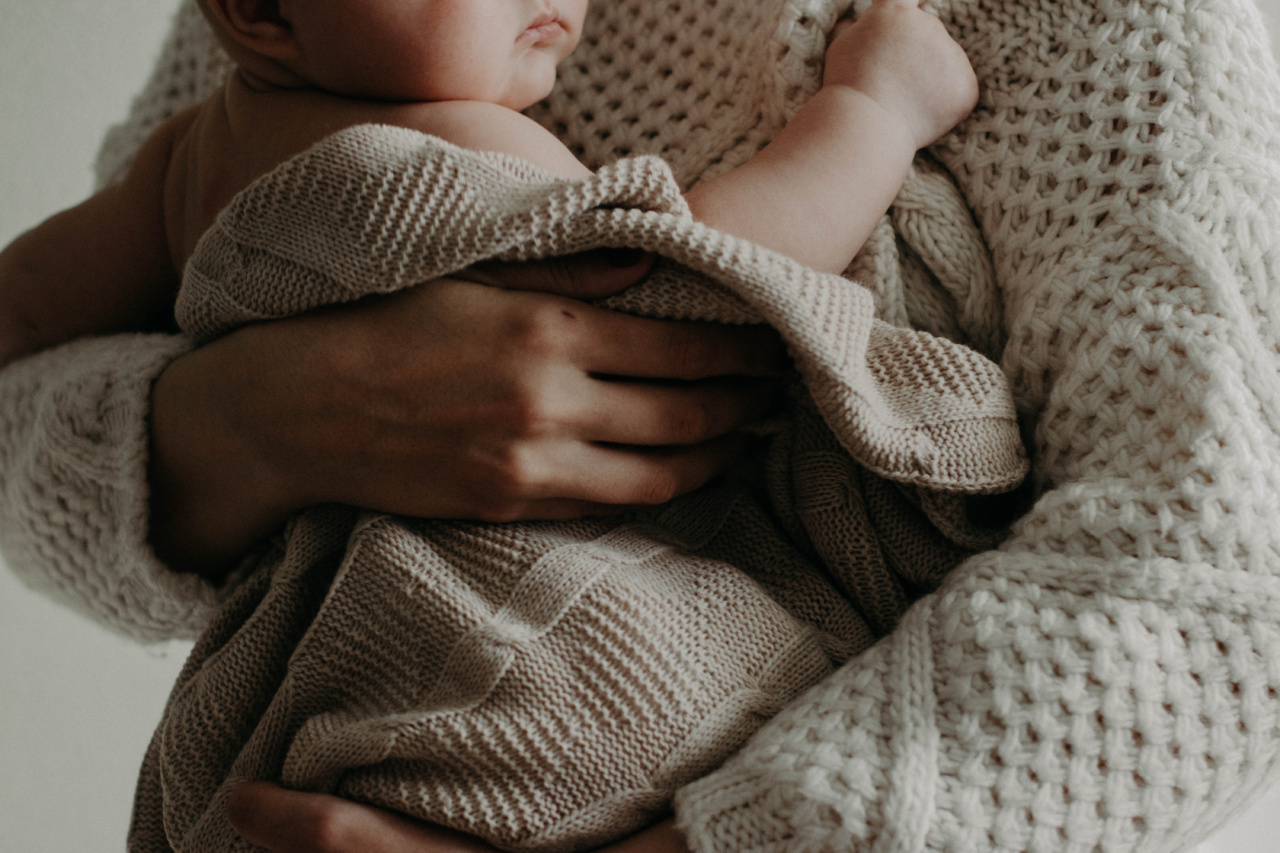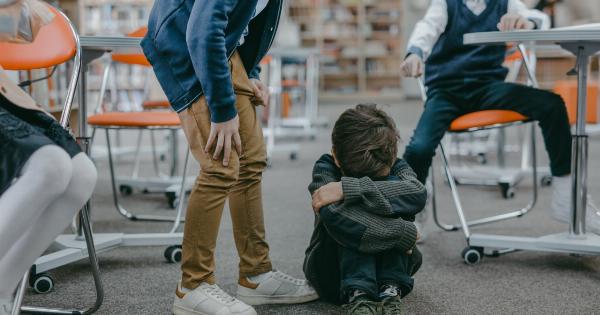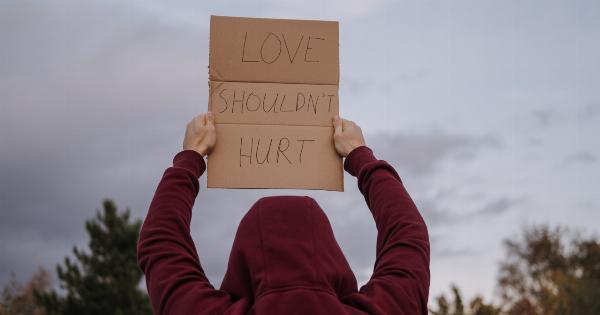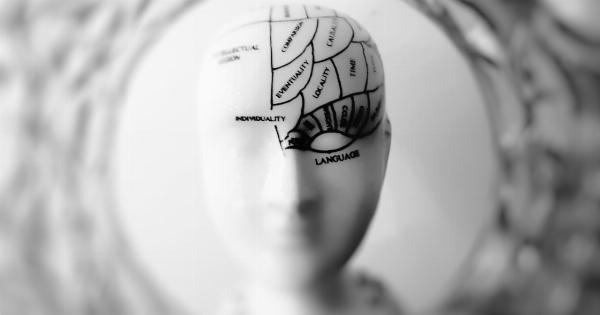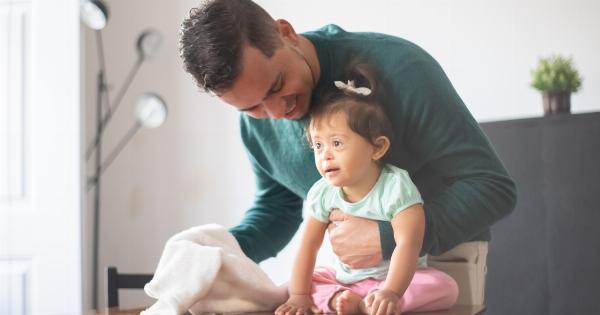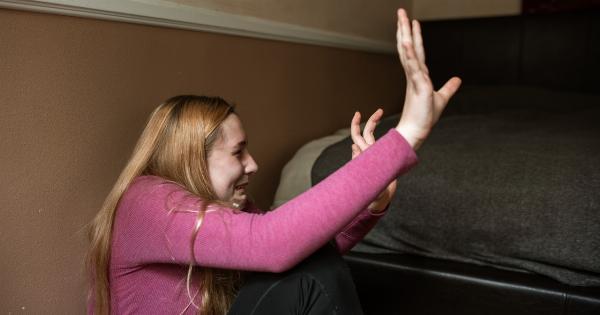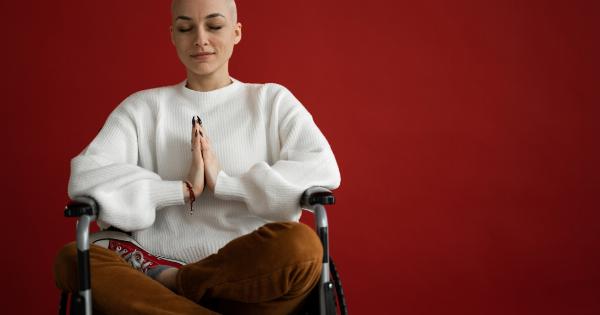Child abuse refers to different kinds of harm that are inflicted upon children by adults, which can have a long-lasting effect on their physical and mental health.
The problem of child abuse has been widespread in different parts of the world, cutting across all socio-economic, cultural and religious lines. It can take many forms, including neglect, verbal, physical, sexual, and emotional abuse.
The details of child abuse are often painful to unravel because they carry with them the scars of trauma that can persist even into adulthood.
In this article, we will examine some of the details of child abuse, including the various types of abuse, its causes, signs and symptoms, long-term effects, and prevention measures.
Types of child abuse
Child abuse takes different forms, which can be categorized into four major types:.
Physical abuse
This type of abuse involves inflicting physical injury or harm on a child, either by hitting, kicking, shaking, or burning them. Physical abuse can also involve withholding medical attention, such as medication, treatment, or nourishment.
Children who suffer from physical abuse may develop bruises or other injuries that may be unexplained, may behave fearfully around adults or in certain situations, and may have mental health issues such as depression and anxiety.
Emotional abuse
Emotional abuse refers to a pattern of behavior that damages a child’s emotional development or sense of self-worth.
This can be done through constant criticism or belittling, ignoring or rejecting a child, being overly controlling, or exposing a child to inappropriate situations or content. The long-term effects of emotional abuse may include difficulty trusting others, low self-esteem, and chronic depression or anxiety.
Sexual abuse
Sexual abuse involves any kind of sexual activity that occurs between an adult and a child, including inappropriate touching, oral sex, penetration, or exposing a child to pornography.
Children who are victims of sexual abuse may exhibit physical symptoms such as pain, bleeding, or discharge, as well as exhibit behaviors such as fear of certain individuals or being alone with adults.
Neglect
Neglect is a pattern of behavior that involves depriving a child of the basic necessities for growth and development, such as food, water, clothing, shelter, and medical care.
Neglected children may be malnourished, dirty, and may have delayed physical development. They may also exhibit behavioral issues such as aggression, fear, and detachment from others.
Causes of child abuse
Child abuse is often the result of a complex interplay of social, psychological, and environmental factors. Some causes of child abuse include:.
Family stressors
Financial difficulties, unemployment, marital conflict, and domestic violence can all contribute to increased stress levels in families, which can lead to child abuse.
Substance abuse
Parents who abuse drugs or alcohol may be more inclined to engage in abusive behavior towards their children.
Mental health issues
Individuals who suffer from mental health conditions may be more likely to act out violently towards children.
Personal history of abuse
Adults who have experienced abuse as children may be more likely to perpetrate abuse themselves.
Signs and symptoms of child abuse
There are several signs and symptoms that may indicate that a child has been abused. These include:.
Physical symptoms
Unexplained bruises, cuts, or welts, as well as patterns of injury or multiple injuries over time can be indicators of physical abuse.
Behavioral symptoms
Children who are victims of abuse may exhibit anxiety, depression, anger, aggression, and mood swings. They may also exhibit regressive behaviors, such as bedwetting or thumb-sucking, or may become overly attached or withdrawn.
Social symptoms
Children who have been abused may have difficulty interacting with peers, may have poor social skills, and may be excessively fearful or anxious in social situations.
Long-term effects of child abuse
Child abuse can have profound and long-lasting effects on a child’s physical and mental health, as well as their overall quality of life. Some of the long-term effects of child abuse can include:.
Emotional and psychological issues
Adult survivors of child abuse may be more prone to anxiety, depression, and post-traumatic stress disorder (PTSD). They may also have difficulty forming and maintaining relationships, as well as difficulty regulating their emotions.
Physical health problems
Child abuse can result in a range of physical health problems, including chronic pain, fatigue, and sleep disturbances. It can also increase the risk for obesity, heart disease, and other chronic illnesses.
Behavioral problems
Adult survivors may have difficulty managing their emotions and may engage in risky behaviors such as substance abuse, self-harm, or suicidal ideation. They may also have difficulty managing anger and may exhibit aggressive or violent tendencies.
Preventing child abuse
Preventing child abuse is a complex process that involves a range of factors at the family, community, and societal level. Some strategies for preventing child abuse include:.
Providing support to families
Offering services such as family counseling, job training, and financial assistance can help to reduce stressors in families that may lead to abuse.
Education
Public education campaigns and parenting classes can help to educate parents and caregivers about healthy child-rearing practices and how to seek help when necessary.
Mandated reporting laws
Laws that require individuals to report suspected child abuse can help to ensure that cases of abuse are identified and addressed as quickly as possible.
Conclusion
The details of child abuse are often disturbing and difficult to unravel.
However, by understanding the various types of abuse, their causes, signs, and long-term effects, we can work towards creating a safer and more supportive environment for children. By promoting prevention strategies such as family support, education, and mandated reporting, we can help to reduce the prevalence of child abuse and ensure that children are able to grow up happy, healthy, and safe.
